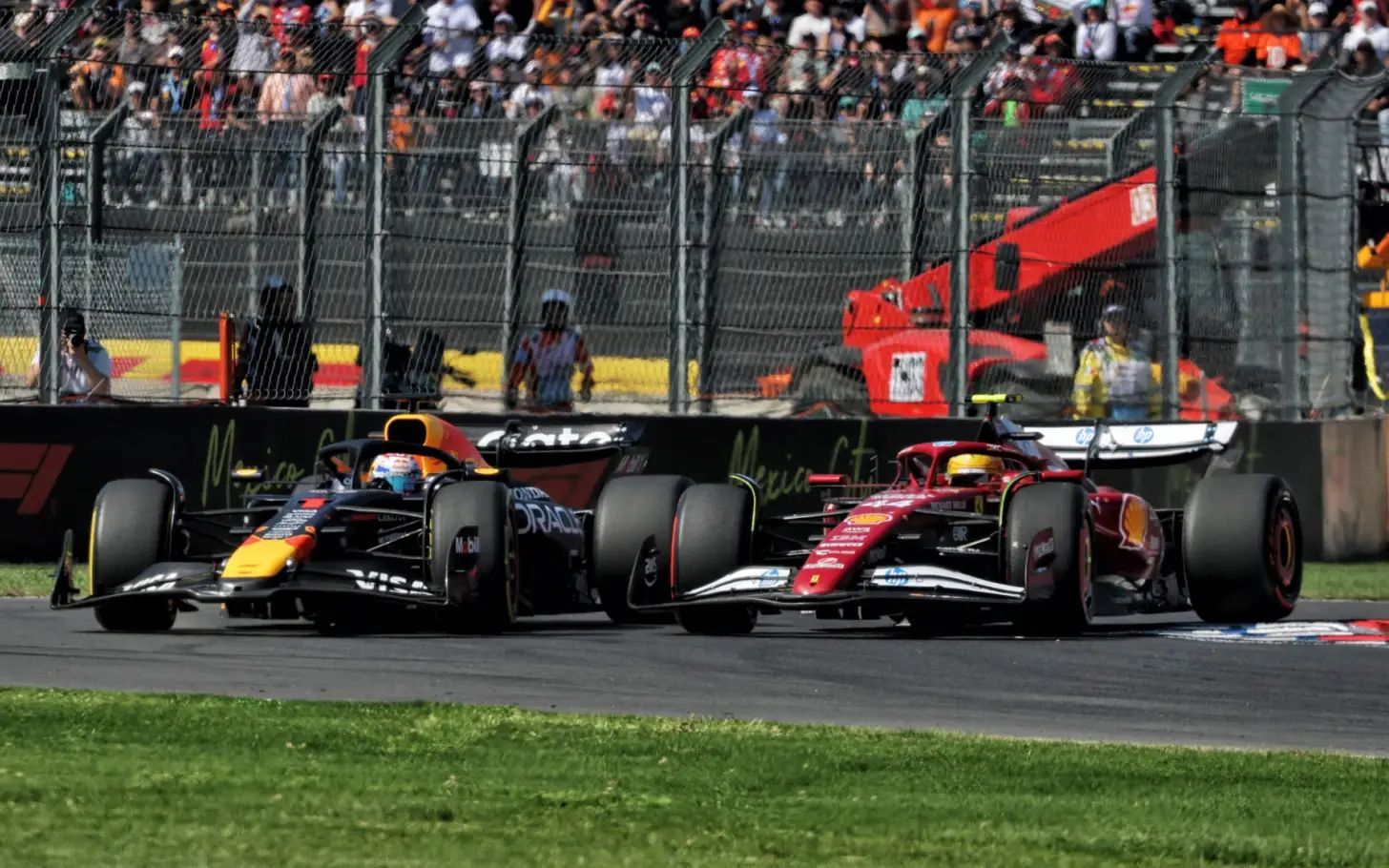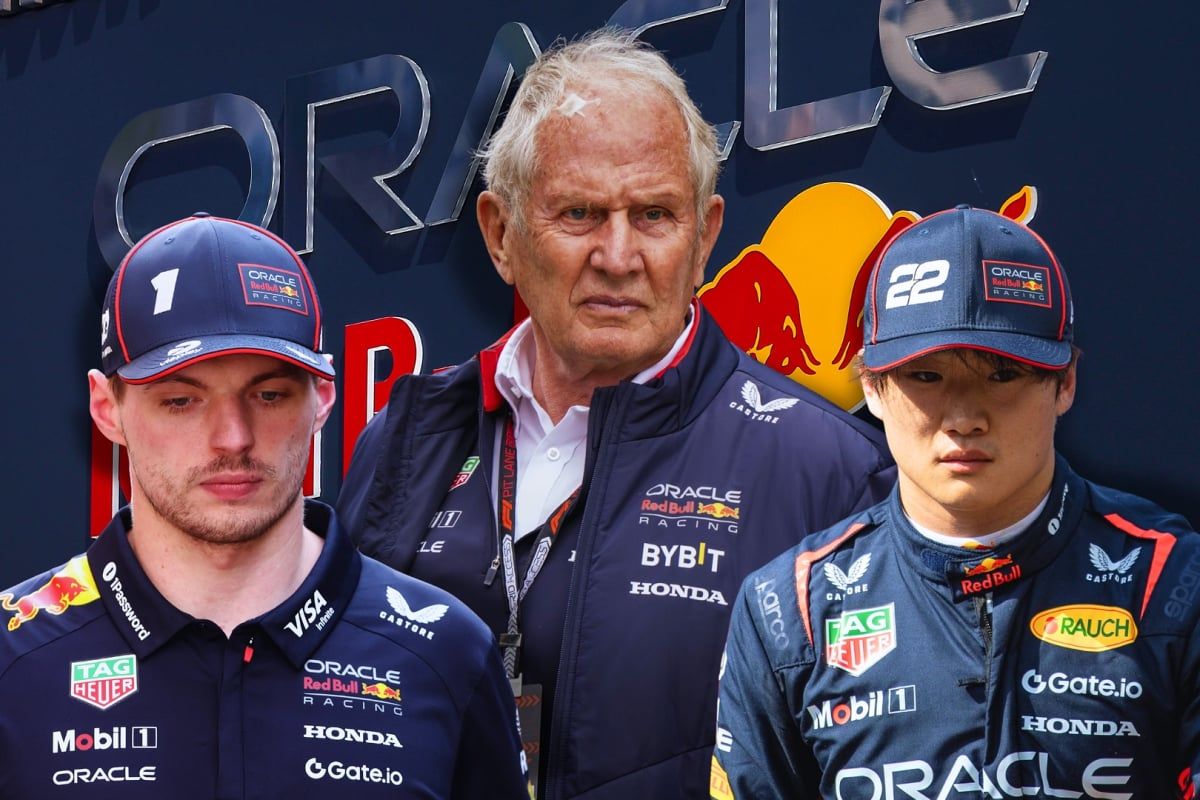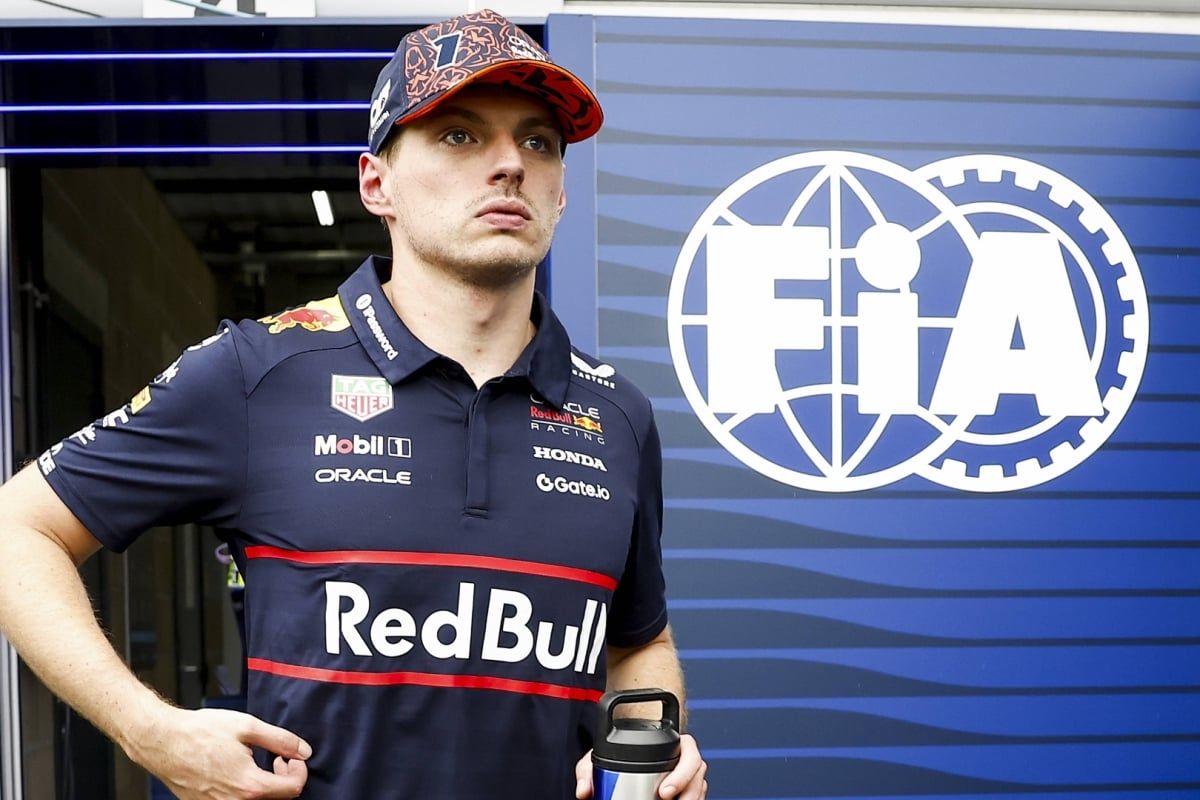Leclerc confirms ‘very interesting’ Lewis Hamilton feedback after F… read more
Ferrari’s recent strategic shift, incorporating feedback from Lewis Hamilton following his testing session with the Scuderia, has sent ripples of excitement through the Formula 1 world. Charles Leclerc, Ferrari’s lead driver, has publicly confirmed receiving and reviewing this feedback, labeling it “very interesting” and hinting at its potential to significantly impact the team’s development trajectory. While the specifics remain undisclosed, the mere acknowledgement of Hamilton’s input, and Leclerc’s positive reaction, suggests a profound influence on Ferrari’s future performance and points towards a fascinating dynamic in the ever-evolving landscape of Formula 1.
The significance of Hamilton’s involvement cannot be understated. A seven-time world champion with an unparalleled understanding of car dynamics and race strategy, Hamilton’s perspective represents a unique and invaluable asset for Ferrari. His extensive experience with Mercedes, a team consistently at the forefront of technological innovation, offers a contrasting benchmark against which Ferrari can evaluate its own performance and identify areas for improvement. This external evaluation could uncover blind spots within Ferrari’s internal development process, prompting a fresh approach to problem-solving and ultimately leading to faster progress.
The secrecy surrounding the specifics of Hamilton’s feedback is a strategic move by both Ferrari and Hamilton himself. Revealing detailed technical insights would only benefit rival teams, providing them with valuable intelligence to exploit. However, the general sentiment expressed by Leclerc – that the feedback is “very interesting” – implies that Hamilton identified crucial areas where Ferrari’s performance can be enhanced. This could range from subtle aerodynamic adjustments to broader chassis modifications, or even delve into strategic aspects like race setup and tire management.
Furthermore, the collaboration highlights a growing trend in Formula 1: the increasing importance of cross-team knowledge sharing and collaboration. The traditional fiercely competitive nature of the sport is gradually giving way to a more nuanced approach, where teams recognize the benefits of learning from each other’s expertise. While outright technology transfer remains highly restricted by the sport’s regulations, the sharing of driver feedback and subjective insights presents a valuable loophole, offering a legal and effective means of accelerating development.
The impact on Leclerc himself is also noteworthy. Receiving and analyzing feedback from a rival of Hamilton’s caliber offers a unique learning opportunity. Leclerc, already a highly talented driver, can potentially benefit from Hamilton’s insights into car setup, racecraft, and the mental strategies necessary to compete at the highest level consistently. This exchange of knowledge could elevate Leclerc’s performance even further, pushing him closer to championship contention. The collaboration suggests a professional respect between the two drivers, transcending the traditional rivalry often seen on the track.
However, the situation isn’t without its complexities. The very act of seeking external input from a direct competitor, even if limited to driver feedback, highlights the challenges Ferrari has faced in recent years. While the team boasts a rich history and a passionate fanbase, its recent struggles in achieving consistent championship-level performance underscores the need for innovation and adaptation. Hamilton’s involvement underscores the extent to which Ferrari recognizes the need for a broader perspective to overcome these challenges.
The long-term implications of this collaboration remain to be seen. The success of integrating Hamilton’s feedback will depend on Ferrari’s ability to effectively analyze, interpret, and implement the suggestions provided. The team’s engineering and design capabilities will be crucial in translating the driver’s insights into tangible performance improvements. If successful, this could mark a turning point for Ferrari, demonstrating a willingness to embrace external expertise and potentially signaling a return to the top of the Formula 1 grid. The upcoming races will serve as a crucial test, allowing us to observe the effects of Hamilton’s influence on Ferrari’s performance and track its progress towards its championship ambitions. The “very interesting” feedback, as Leclerc described it, could well be the catalyst for a significant resurgence in Ferrari’s fortunes.




